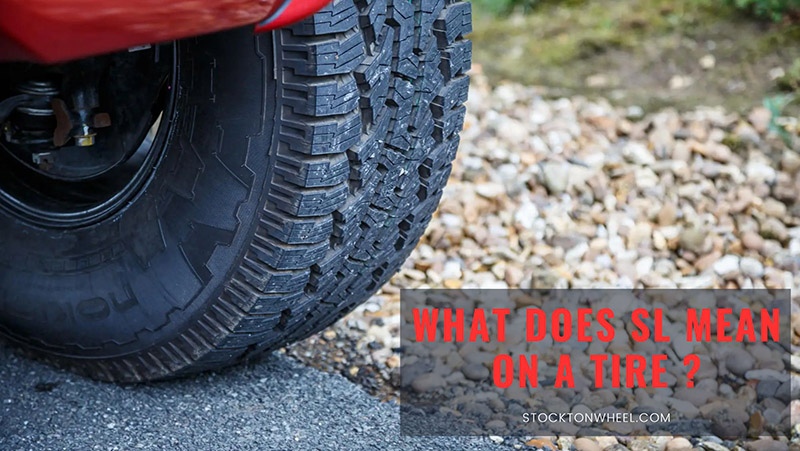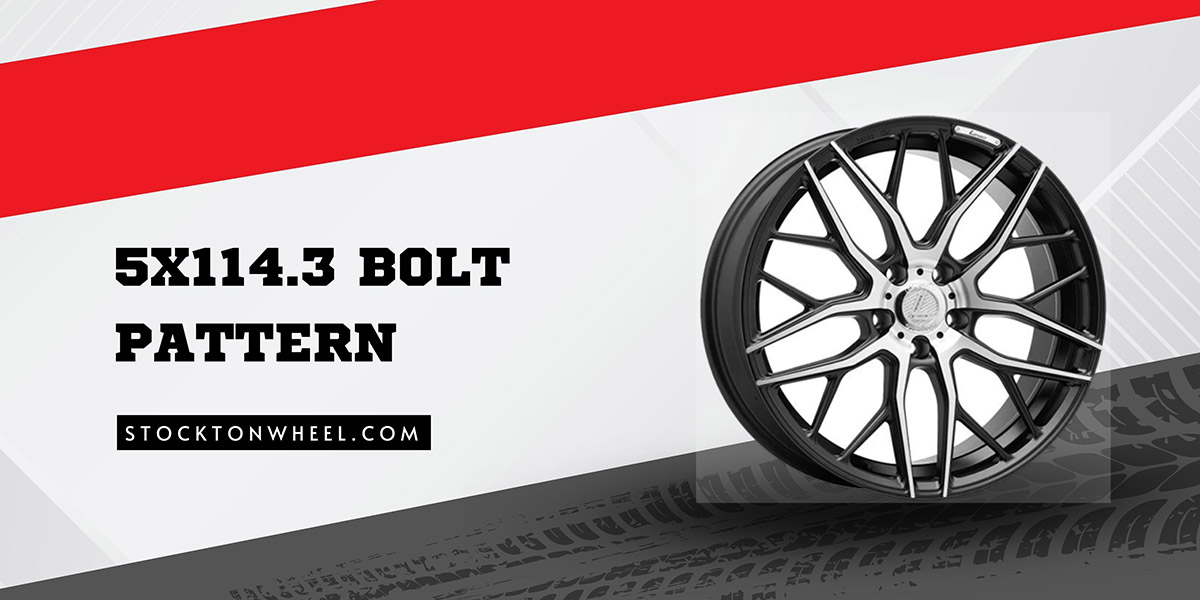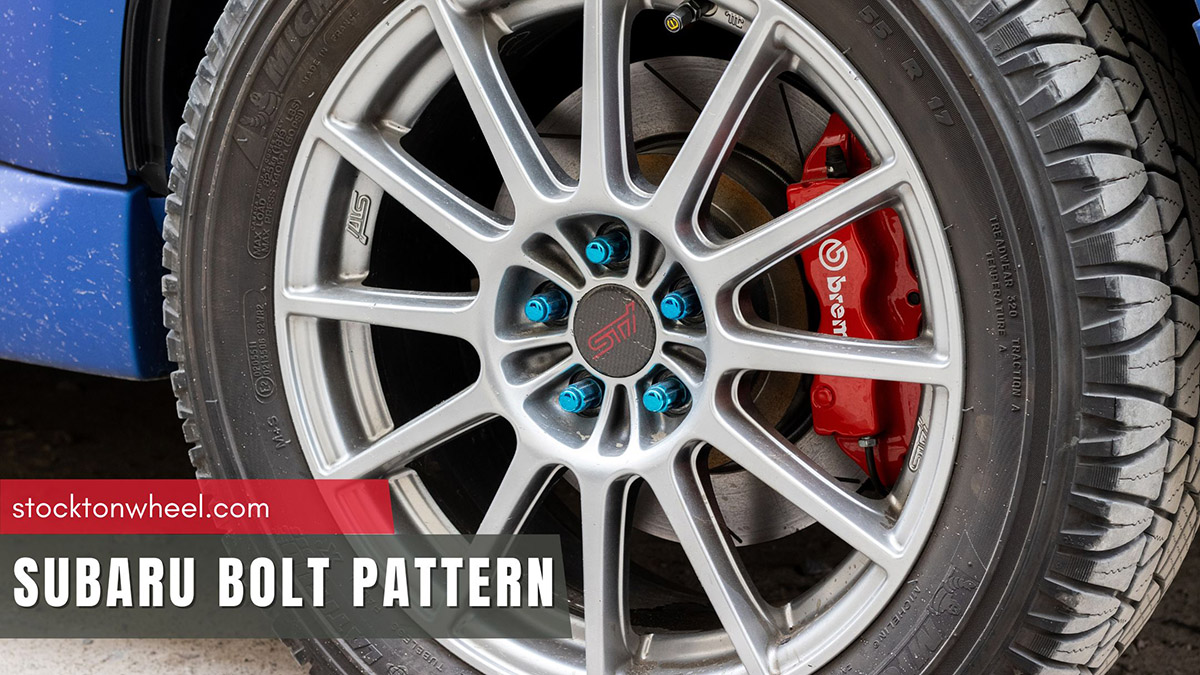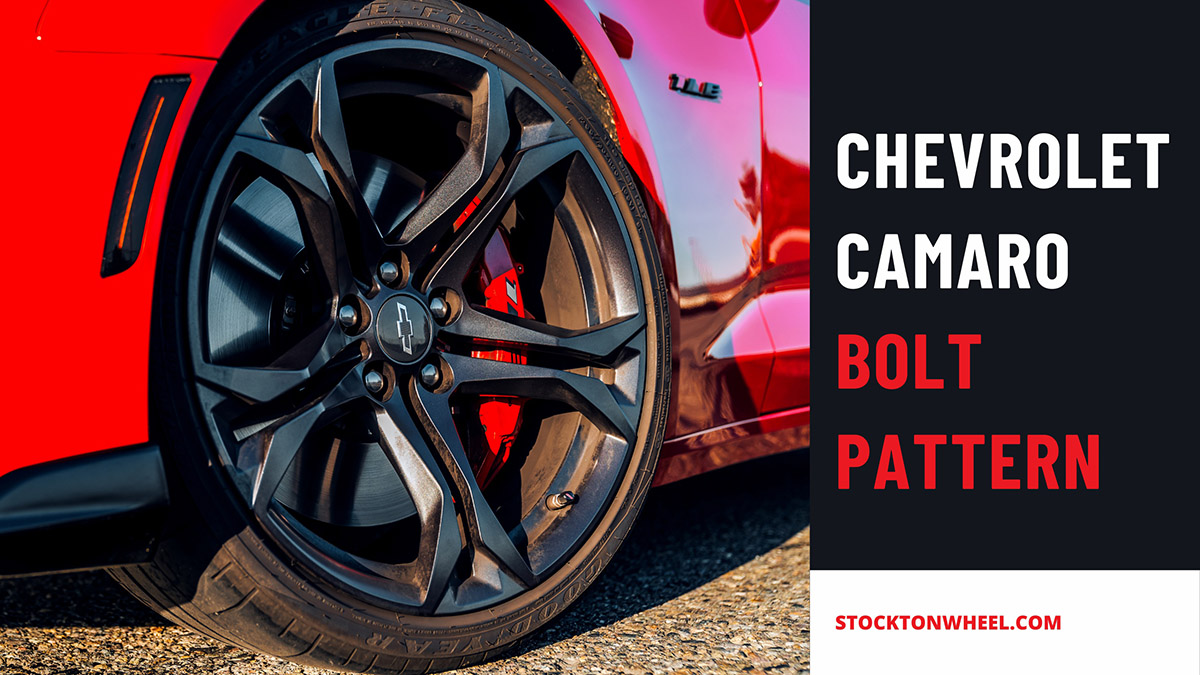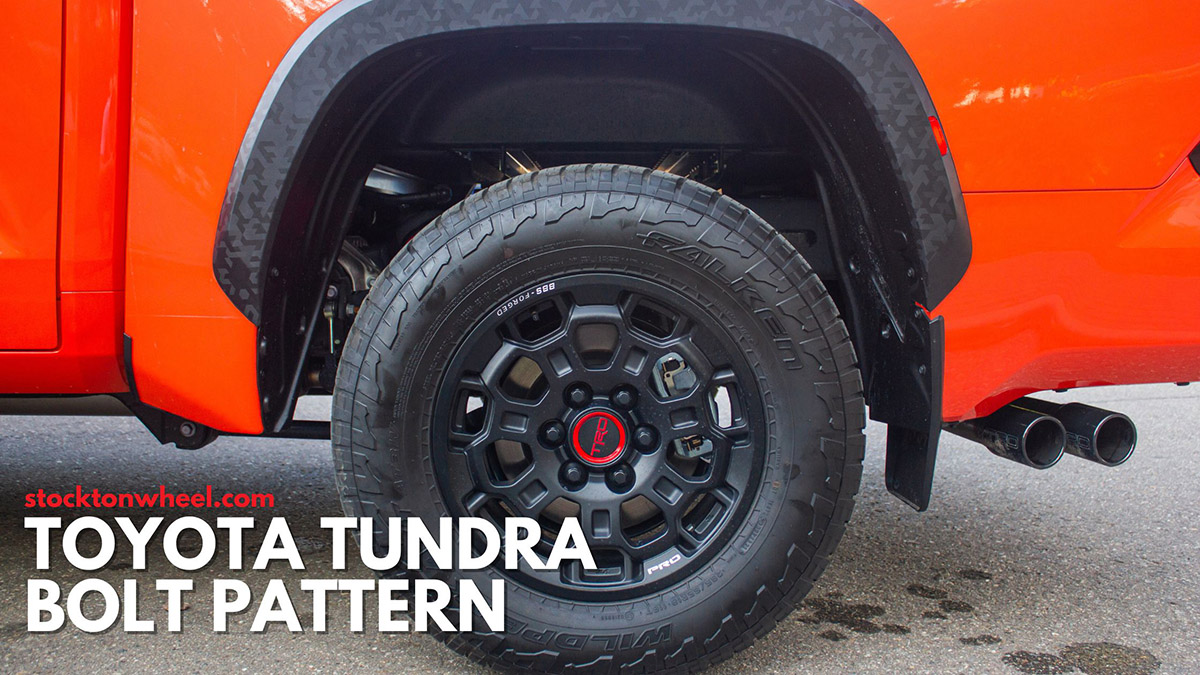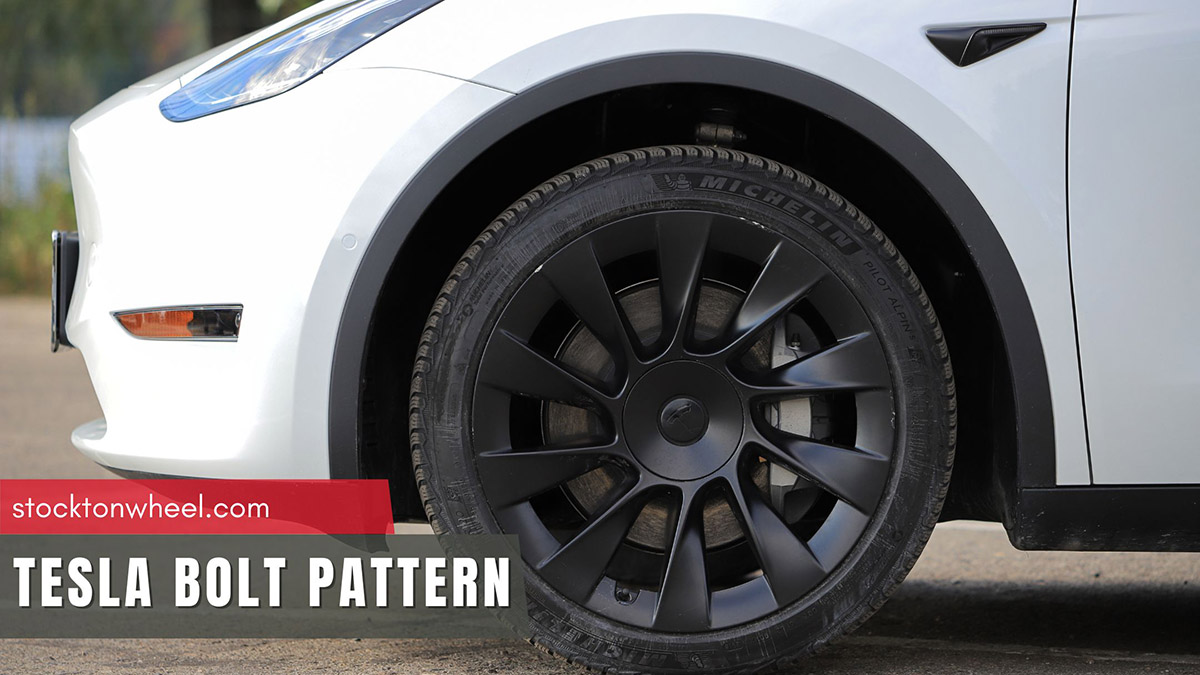While SL-rated tires are the most mainstream automobile tires in the industry, it is startling that many drivers are still confused about their maximum tire performance and design intent.
Keep scrolling through these compiled guidelines for more info on the SL ply rating, advantages and disadvantages, and more.
In this article:
What Does SL Mean On A Tire?
SL tires (short for Standard Load) arrive with load capacities specifically tailored to their tire sizes (indicated in the automobile load index).
In simpler terms, they are designed to handle the exact load pressure mentioned on the tire sidewall’s numbers, receiving no extra reinforcement for the interior structure.
As such, SL tires work best for primary passenger cars, everyday driving, or any other occasion that does not require extra weight or cargo. These tires are the most mainstream ones on the market, which explains why some have the sidewall markings “SL” and some do not.
SL Ply Rating
SL tires have 4-ply ratings, reaching maximum load capacities at 35 PSI (pound per square inch) of inflated air pressure.
To clarify, the SL’s load capacity will not increase if you pump the tires to over 35 PSI. Although the tire pressure is higher than 35, its max capacity has already been reached at the 35 PSI benchmark and will remain the same despite the increased inflation.
The Advantages And Disadvantages of SL Tires
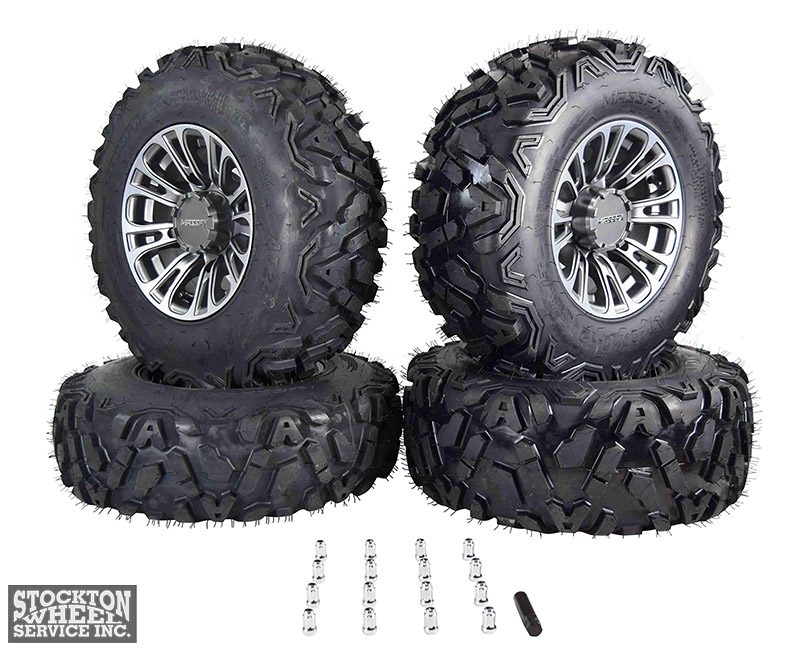
1. The Advantages
Great for Regular and Daily Usage
Standard Load factory tires do not offer the extra mass and reinforced/additional layers as with their heavy-duty counterparts.
While such a design limits their performance on off-road paths or extreme weather, they will work really well for regular usage/ standard applications.
The lighter weight and straightforward patterns ensure maximum convenience and versatility, easily tackling the most basic terrains like dry pavements, mainstream roads, highways, and more.
Fuel Efficient
Needless to say, standard tires are the best choice for fuel consumption. With less rolling assistance and low energy demand, cars with load range SL tires do not require much power to operate or sustain consistent speed.
They consume much less fuel as a result, which works wonders for both your financial budgets and the environment as a whole. From the day I equipped two sets of basic SL tires bought from Discount Tire, the engine only burned 3.4-3.5 gallons to drive 100 miles, while it used to cost 4 gallons with XL tires.
Smoother Rides
Unlike heavy-duty tires, SL tires are produced with easy usage and comfort rides in mind.
The treads of these light load tires are neither too lacking nor too aggressive, resulting in enjoyable and smoother trips all through. And although the cushion is not reinforced, it is still enough to dampen road surface impacts and reduce passenger fatigue.
Cost-Saving
As these commercial vehicle tires are the industry’s standards (with basic design and non-complex production), their affordable pricing is a given.
Even tight-budget families can adopt them without trouble; after all, SL tires can still perform well and last long with proper maintenance and usage. Turning to expensive commercial tires is not always necessary.
Little Noise
And that should come as no surprise; the smooth tread patterns and stable steering contribute a lot to their quiet operation. Drivers can focus full force on the roads ahead or immerse themselves in vibing music with no distractions around.
Better yet, the lack of constant tire screeching makes other unusual noises within the car sound much clearer. You can detect any technical issue in the automobile system before it worsens.
2. The Major Issues
Less Durability
The limited lifespan of SL tires is among the strongest motivations behind drivers’ preference for heavier-load tires.
As SL tires aim mainly for passenger vehicles, they lack the reinforcement and extra power to handle strain and stress like their heavy-duty counterparts. Under temperature extremes or rough road conditions, they might wear out significantly fast.
Limited Load and Weight Capacity
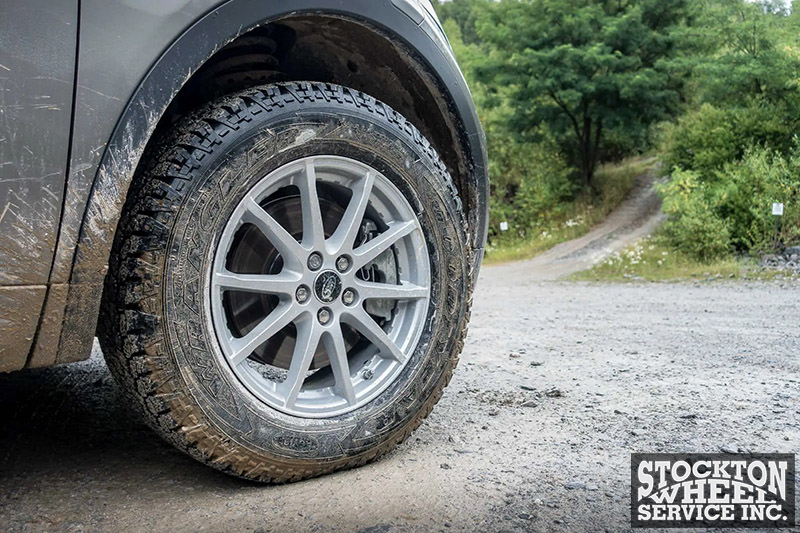
Handling extra weight and additional load is not part of their standard designs. Those who often have to pull trailers or carry extra cargo will likely get disappointed: these items lack both performance and stability required in such challenging tasks.
As such, they are not a great match for large SUVs or pickup trucks, failing to carry these heavier vehicles safely across rugged or off-road terrains.
High-performance, larger tires for larger loads like XL (Extra Load tires), LT (Light Truck tires), or C-rated tires (Cargo tires) will be much better choices in these cases.
Can You Use SL Tires For Towing or Offroad Applications?
1. For Towing:
No. Smooth rides and improved tractions are the main goals of SL tires, which means they would not be a great choice for towing endeavors. High-quality towing tires must involve stiffer sidewalls, bigger beads, and deeper treads – all lacking in regular tires.
Rather than SL road tires, it would be better to choose a tire type that can handle unexpected road obstacles and terrains. LT-type tires are a great example.
2. For Off-Road Paths:
It’s another No. Although some higher-end SL tires can still handle both dry and wet circumstances, bringing them to off-road paths and rocky terrains is another story.
Ignoring the vehicle manufacturer warnings to keep driving them on rugged surfaces will destroy their sidewalls, speed up their wear rate, and, in turn, drastically cut their lifespan short.
Worse, the lack of additional support on SL passenger car tires makes them even more vulnerable, paving the way for external invaders to wreck the car’s suspension. Just the thought of how much money is needed to fix all these issues is enough to give every rider a nightmare.
Can You Use SL Load Range Tires for Trucks?
No, unless this installation is meant for one-time usage and the truck does not really carry any heavy load.
As already mentioned, improper use of common passenger tires like SL will destroy their construction entirely and might even lead to accidents, so tread with caution if you wish to install SL tire load ranges on heavy-duty vehicles.
FAQs
What Do M and S Mean On A Tire?
M&S is short for “Mud and Snow.” Tire brands use these markings to indicate these modern tires are seasonal and work well in both snow and mud conditions.
What Is The C1 Load Rating On Tires?
C1 implies the tire’s maximum load pressure is 50 PSI.
Conclusion
Despite certain drawbacks, SL tire ratings are considered the industry’s standard for normal driving (hence its name) for a reason. You can use them on light cars and regular vehicles with peace of mind.
See more:

